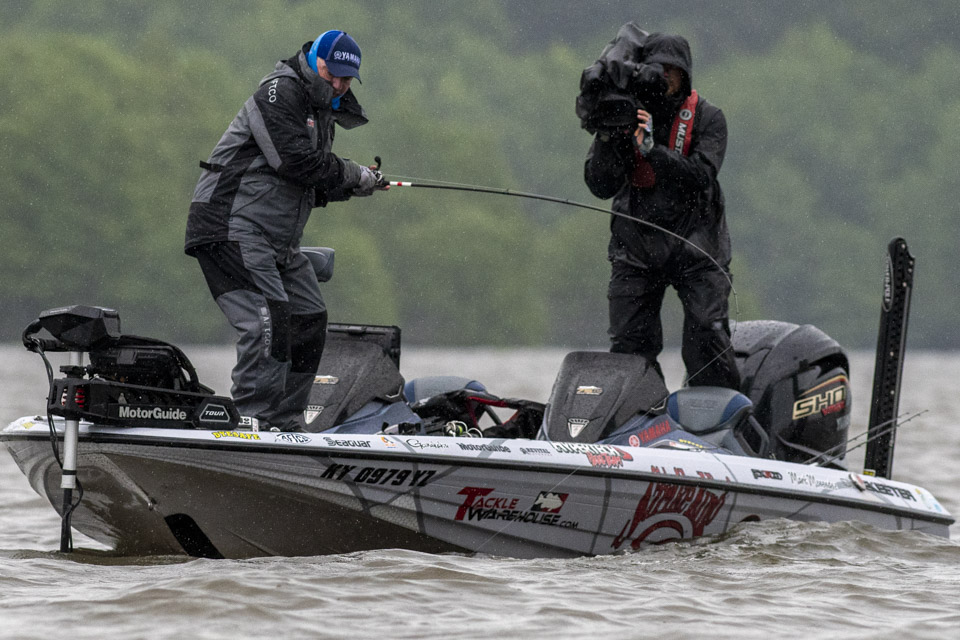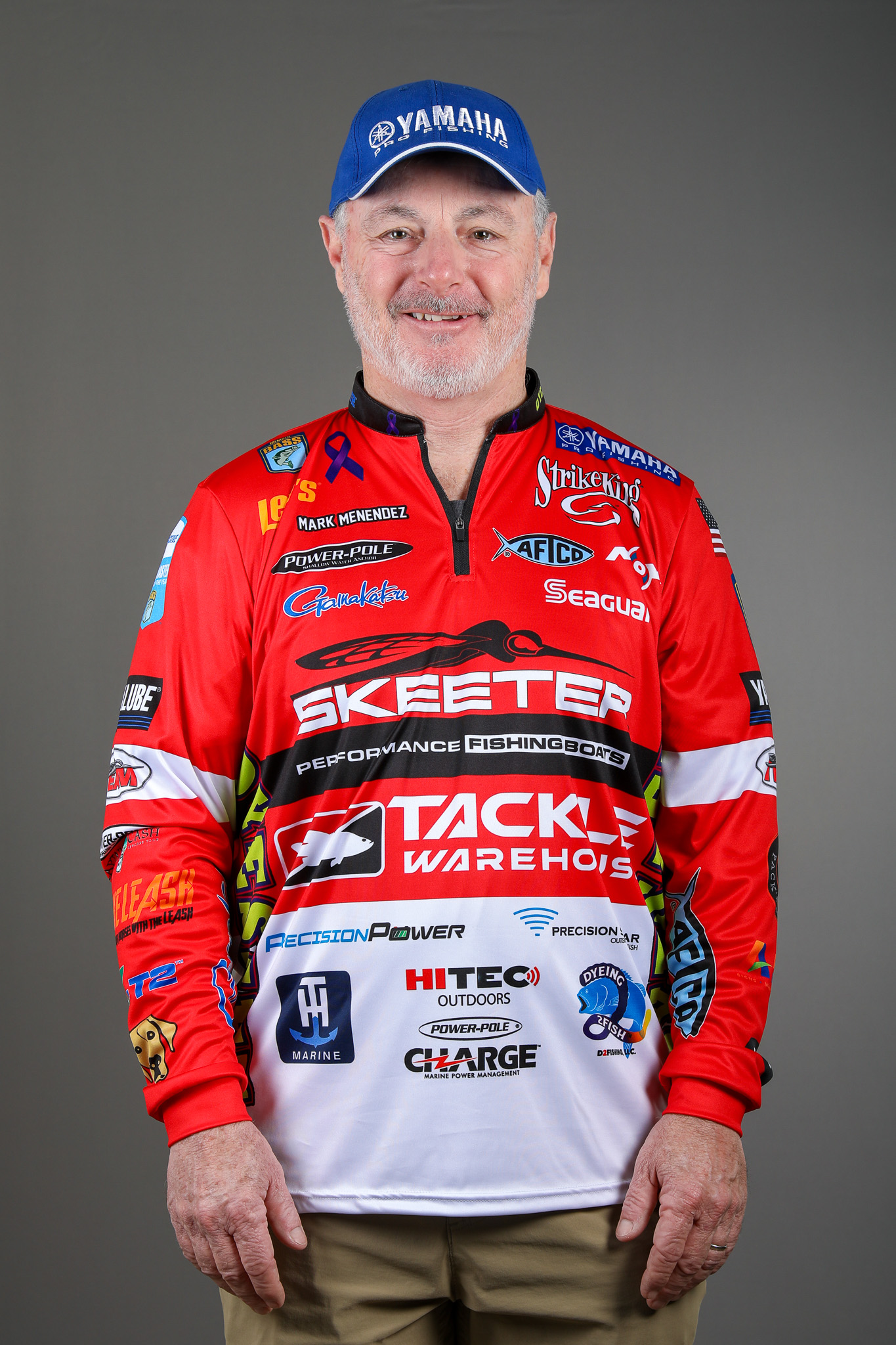
It’s time I came clean. I have an addiction — to burning spinnerbaits.
I sometimes use the technique when I should probably be doing something else, but the bite is the absolute best in bass fishing, even better than a topwater bite, and I love doing it. The reason it is so exciting is because the bite is more like a collision of two speeding forces. The spinnerbait is moving at Mach 1, and the smallmouth are moving at Mach 2. The resultant forces created jar your body and gear in such a way that you can’t help but fall in love with it.
I used the technique recently at the Lake St. Clair Elite, and I caught nearly 18 pounds a day of Great Lakes smallmouth bass. Too bad my 35-8 wasn’t very good in the tournament, but I sure caught a lot of fish on a technique I love.
I first learned about this technique in the late 80s from Rick Clunn as he destroyed the Bassmaster Tour with a spinnerbait, and it has served me well throughout my career. It’s such a great technique from early summer to late fall for smallmouth bass, and I’ve cashed a lot of checks over the years. So, I thought I’d share it with you.
Our job as anglers is to trigger a response from a fish, and there are different kinds. When we are fishing a jig or a worm of some sort, we are trying to illicit a feeding strike. With this technique, we are creating a response strike by speeding the lure past them and giving them very little time to think or consider the lure. It’s one technique that gives us more control over the fish’s response than most.
I have built a system for fishing this technique that gives me the ultimate ability to deal with the retrieve, the strike and fighting the fish that do.
It starts with the rod. I use a 7-foot, 6-inch medium-heavy David Fritts Perfect Cranking rod from Lew’s, the split grip model with the Palmer handle. I match it with a Lew’s Hyperspeed reel with 9.5:1 gear ratio and 20-pound test Seaguar Invizx Fluorocarbon line.
For the lure selection, I go with a 3/8- to 3/4-ounce Strike King Burner spinnerbait with our exclusive Razr Blades. The Razr Blades are key to this technique because the blades are narrower and spin faster without creating the drag in the water to slow the bait down and make us work harder to retrieve at high rates of speed. I will add that using a trailer hook is vital because of the slashing nature of the strikes. I always use a Gamakatsu Trailer Hook, but I rig the hook free swinging with a disk retainer so that the trailer hook can be effective at any angle.
Lure weight and colors are important. I select the weight of my spinnerbait by the water depth I am fishing as well as the distance I need to cast. But it’s also important that the lure be heavy enough to not roll to the side when burning it at high rates of speed.
With colors, I choose bright colors in stained water. Sometimes in clear water with smallmouth or if it is ultra clear, I go with translucent shades. The bright color I choose most is Cole Slaw with painted blades, and I use Blue Shad with nickel blades most frequently.
To begin the retrieve, I make long casts over points, bars, grassbeds or submerged timber and point the rod tip directly at the bait and reel it as fast as I can without the bait rolling or the blades breaking the surface. Fish will come from depths to strike the lure, so feel free to try it in water that’s deeper than you think it would be effective in. I’ve seen smallmouth that were suspended in 10 to 15 feet of water come to the surface to attack it. Give it a try if you find some suspended over deeper water.
Be forewarned, this technique can be very addictive, so be prepared to get hooked.





